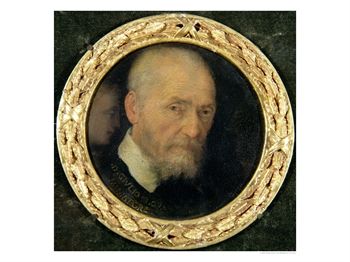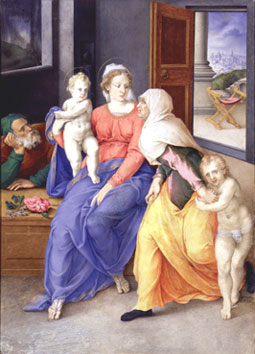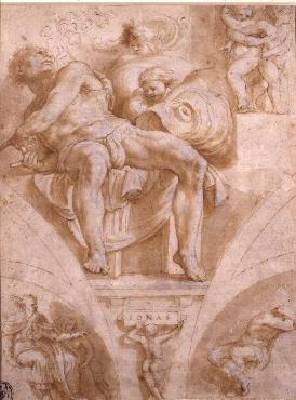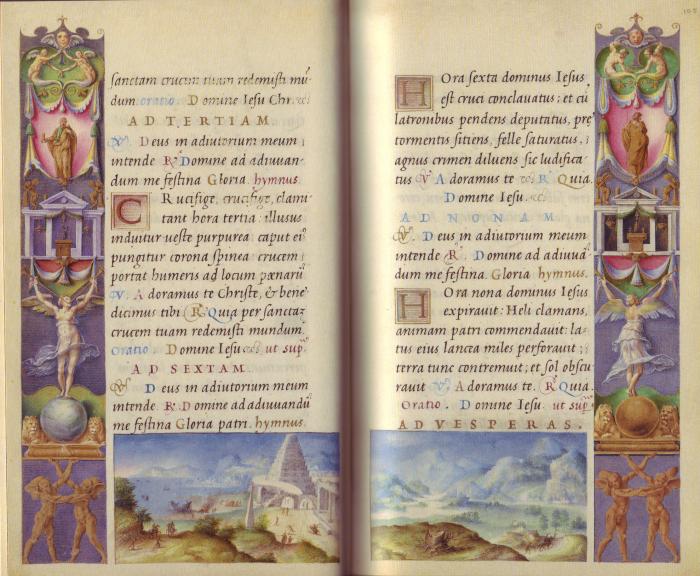Giorgio Giulio Clovio (1498 – 1578)
Get a Macedo Certificate of Authenticity for your painting (COA) for your Macedo drawing.
For all your Macedo artworks you need a Certificate of Authenticity (COA) in order to sell, to insure or to donate for a tax deduction.
Getting a Macedo Certificate of Authenticity (COA) is easy. Just send us photos and dimensions and tell us what you know about the origin or history of your Macedo painting or drawing.
If you want to sell your Macedo painting or drawing use our selling services. We offer Macedo selling help, selling advice, private treaty sales and full brokerage.
We have been authenticating Macedo and issuing certificates of authenticity since 2002. We are recognized Macedo experts and Macedo certified appraisers. We issue COAs and appraisals for all Macedo artworks.
Our Macedo paintings and drawings authentications are accepted and respected worldwide.
Each COA is backed by in-depth research and analysis authentication reports.
The Macedo certificates of authenticity we issue are based on solid, reliable and fully referenced art investigations, authentication research, analytical work and forensic studies.
We are available to examine your Macedo painting or drawing anywhere in the world.
You will generally receive your certificates of authenticity and authentication report within two weeks. Some complicated cases with difficult to research Macedo paintings or drawings take longer.
Our clients include Macedo collectors, investors, tax authorities, insurance adjusters, appraisers, valuers, auctioneers, Federal agencies and many law firms.
We perform Giorgio Clovio art authentication, appraisal, certificates of authenticity (COA), analysis, research, scientific tests, full art authentications. We will help you sell your Giorgio Clovio or we will sell it for you.

Self-Portrait
Giorgio Clovio was an Italian Renaissance illuminator, miniaturist, and painter. He was also called Macedo or Il Macedone because of his Macedonian origin, and was also a priest. He was the greatest illuminator of the Italian High Renaissance, and arguably the last very notable artist in the long tradition of the illuminated manuscript, before some modern revivals.
Clovio was born in Grižane, in the Hungary (today Croatia), near Crikvenica in Kvarner bay in what was then the diocese of Modruš. Vasari says that at baptism Clovio’s name was Giorgio Iulio, his family name was Clovi and he was a Macedonian. Croatians claims that his Croatian name was likely Juraj Klovic and the Catholic Encyclopedia states that his original name was perhaps Glovic, while J.W.Bradley speculates that Clovio’s surname was Glovicic.

An Illuminated Page from Colonna Hours
He was said to have trained in Dalmatia, and to have studied afterwards at Rome under Giulio Romano, and at Verosia under Girolamo dai Libri. He excelled in historical pieces and portraits, painting in minute detail, much of which needs to be seen with a magnifying-glass, and yet contriving to handle his subjects with great force and precision.
He worked in Venice, Florence and elsewhere, with a long active period in Rome where he died. He worked mostly for royal and clerical private collectors. His grave is in the Basilica of San Pietro in Vincoli, the same church that contains Michelangelo’s celebrated Moses.

The Holy Family
Clovio arrived at Venice from Croatia at the age of 18. There he became a protégé of Cardinal Domenico Grimani and engraved medals and seals for him, as well as the Grimani Commentary Ms., an important early illuminated book (now Sir John Soane’s Museum, London). By 1524 Clovio was at Buda, at the Hungarian court of King Louis II, for whom he painted the “Judgment of Paris” and “Lucretia”. After Louis’ death in the Battle of Mohács, Clovio travelled to Rome where he continued his career.
El Greco, the celebrated Greek artist from Crete, who later worked in Spain painted two portraits of Clovio whilst still in Rome: one shows the four painters whom he considered as his masters; in this Clovio is side by side with Michelangelo, Titian and Raphael. Giorgio Giulio Clovio was also known as Michelangelo of the miniature. Books with his miniatures became famous primarily due to his skilled illustrations. He was persuasive in transferring the style of Italian high Renaissance painting into the miniature format.

Miniature of a Woman
His most famous work is the Farnese Hours, completed in 1546 for Cardinal Alessandro Farnese, which was nine years in the making (now Morgan Library, New York). He is pointing to this work in the El Greco portrait (above). This contains twenty-eight miniatures, mostly of Old and New Testament scenes, but with a famous double-page picture representing the Corpus Christi procession in Rome. It has splendid silver-gilt covers, although they are not by Benvenuto Cellini, as Vasari claimed. The British Library has his twelve miniatures of the victories of the Emperor Charles V, and other works. The Vatican library has a manuscript life of Frederigo III di Montefeltro, Duke of Urbino, superbly illustrated by Clovio. The Towneley Lectionary is now in the New York Public Library and probably belonged to Cardinal Alessandro Farnese. Used during services, the book contained six majestic, full-page miniatures opposite miniature depictions of the Evangelists. The illustrations, introduced the relevant readings from the Scripture. They include the Resurrection and the Last Judgment.

The Prophet Jonah and Two Destroyed Lunettes
Other illustrations by him are kept in libraries in Vienna, New York, Munich, and Paris, and other works are in many private collections. A small part of his work is viewable in Klovicevi Dvori (“Palace of Klovic”), the art gallery dedicated to him in Zagreb.
According to a description written for publication by Antonfrancesco Cirni, he also designed many of the costumes for the famously elaborate wedding festivities of Ortensia Borromeo in March 1565, which were held in the Vatican and included a tournament in the Belvedere coutyard. Such duties were often expected of a Renaissance court painter. The costumes are carefully recorded in a series of anonymous etchings, some probably based on Clovio’s design drawings.

Pages from an Illuminated Manuscript
Croatia celebrated the 500th anniversary of his birth in 1998. The Croatian National Bank issued a special 200 kuna silver coin in commemoration. A monument to Clovio/Klovic was also raised in Drivenik. The Croatian government recently made news by purchasing Clovio’s/Klovic’s The Last Judgement, a painting Clovio/Klovic gave as a gift to Pope Clement VII. Bernardin Modric released his film The Gospel According to Klovic in 2006. Still wondering about an Italian painting in your family collection? Contact us…it could be by Giorgio Clovio.
Reviews
1,217 global ratings
5 Star
4 Star
3 Star
2 Star
1 Star
Your evaluation is very important to us. Thank you.
